The National Database and Registration Authority (NADRA), in partnership with provincial governments, has introduced an advanced digital system to simplify the process of registering births and deaths in Pakistan. This initiative, part of the National Biometric and Registration Policy Framework approved on January 1, 2025, aims to modernize and streamline the civil registration process by leveraging technology and integrating hospital systems with NADRA’s database. Under this system, birth and death notifications are now automatically sent from hospitals and health centers to NADRA in real time. This eliminates delays, reduces errors, and ensures greater transparency and accountability in the registration process. Citizens are promptly informed via SMS and the NADRA mobile app, allowing them to complete the necessary documentation through their local Union Councils or directly through the app, providing a faster and more accessible experience for families across the country. The pilot phase of this project has already been implemented in over 50 hospitals and health units nationwide. These include major healthcare facilities such as PIMS and CDA hospitals in Islamabad, Lady Aitchison Hospital in Lahore, Bolan Medical College in Quetta, hospitals in Gilgit, Azad Jammu and Kashmir, and several Basic Health Units (BHUs) in Hyderabad and Matiari in Sindh. The initiative is also active in key districts of Khyber Pakhtunkhwa and Punjab, with expansion plans underway as the infrastructure in each province becomes ready. So far, NADRA has successfully received over 4,000 birth notifications and more than 400 death notifications through this automated platform. The new digital process not only speeds up registration but also supports the government’s broader goals of strengthening public records and enhancing the accuracy of demographic data used for policy-making, health planning, and public services. NADRA's efforts reflect a move toward a fully digitized civil registration system that improves service delivery, reduces bureaucratic hurdles, and brings essential registration services closer to citizens. As implementation continues across the remaining districts and provinces, more people will gain access to this efficient and user-friendly registration process.







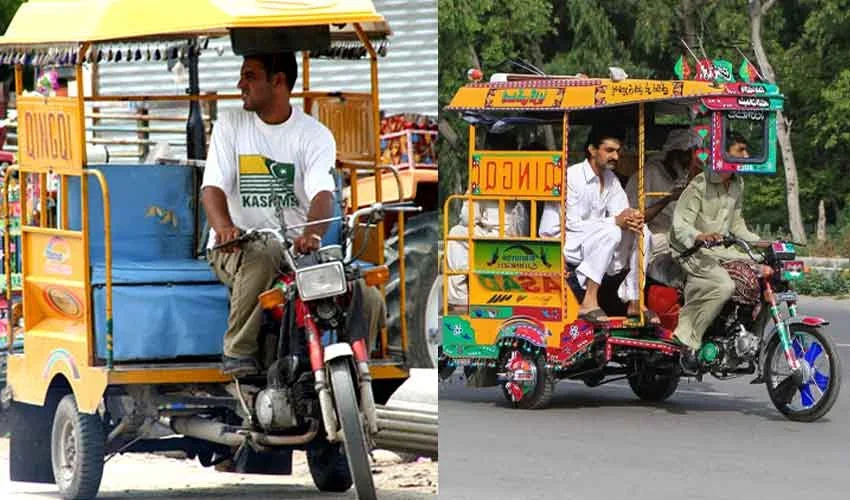
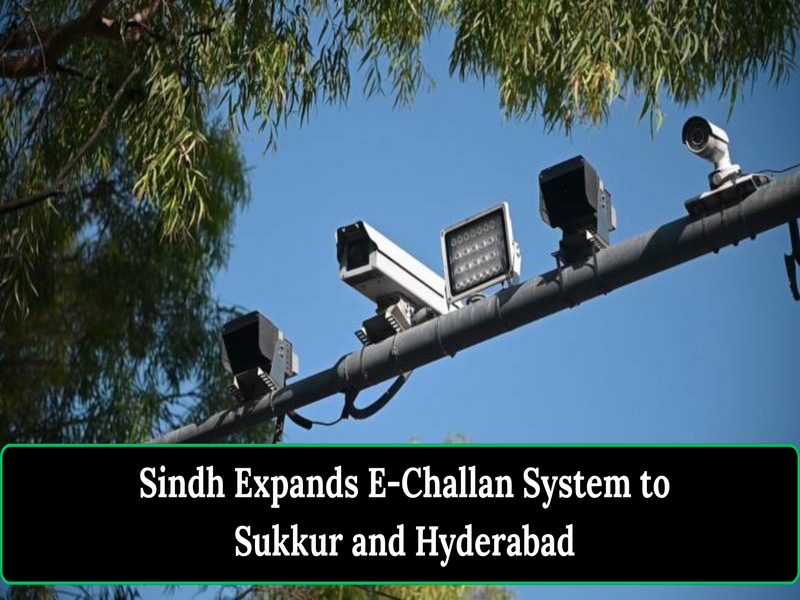
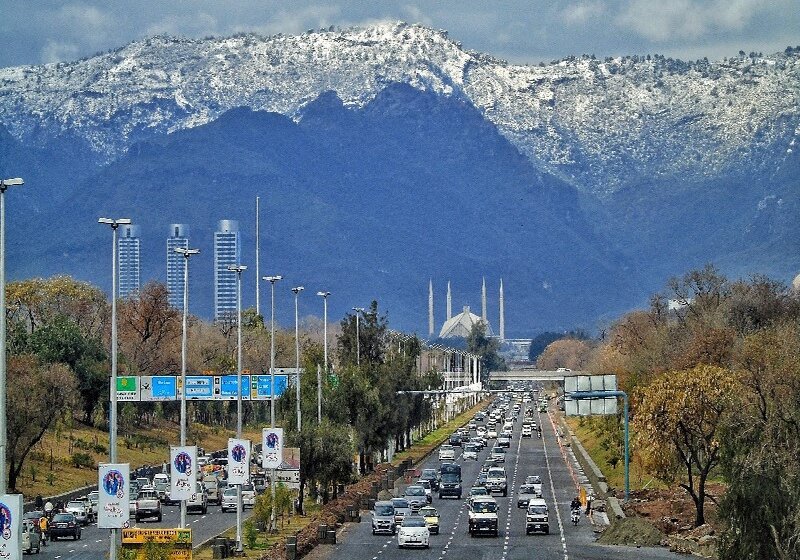











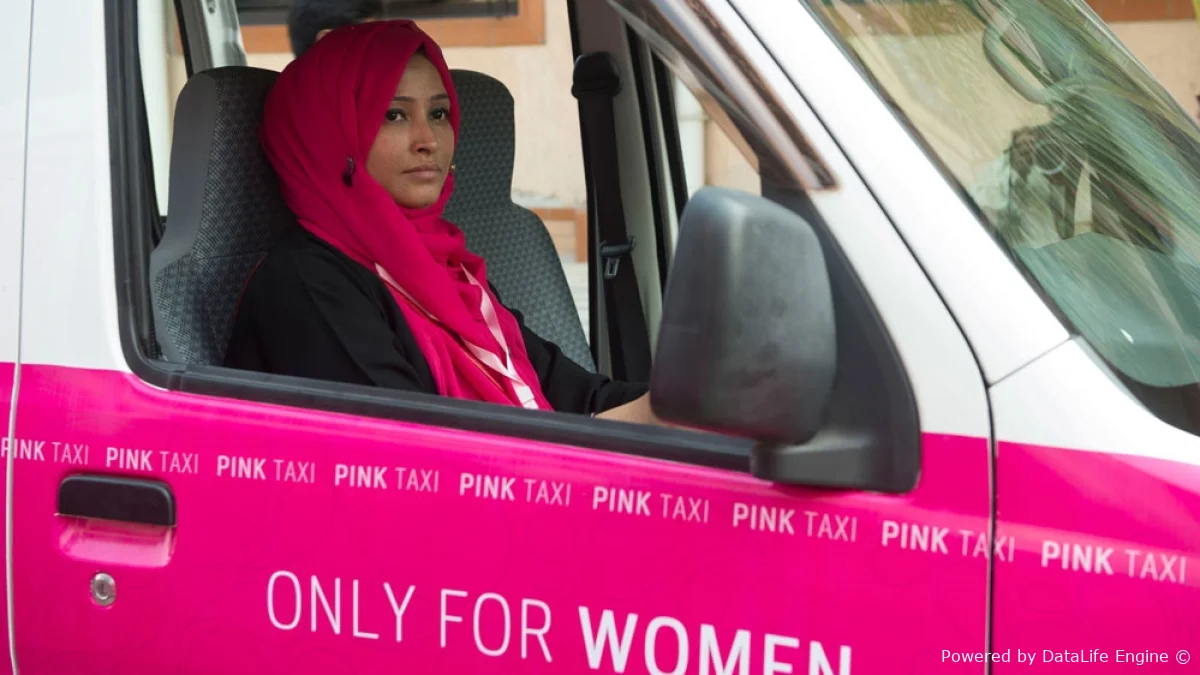


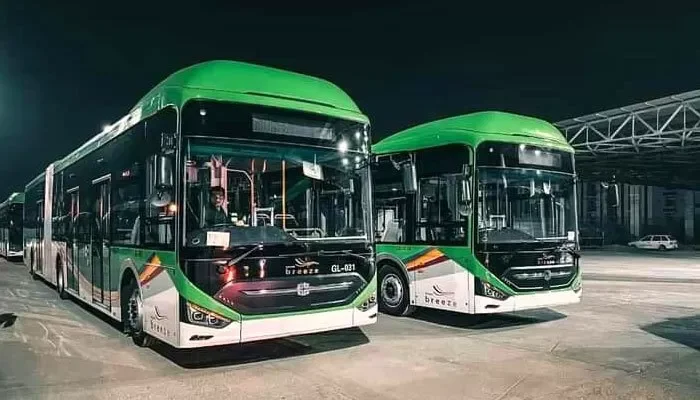
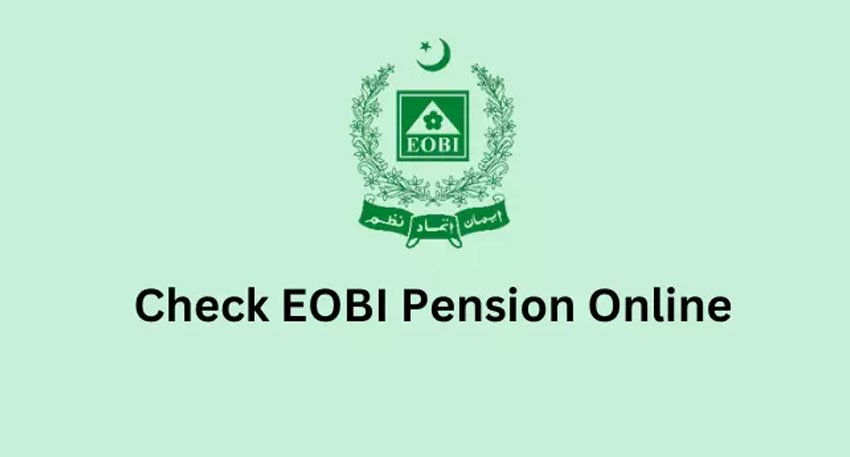
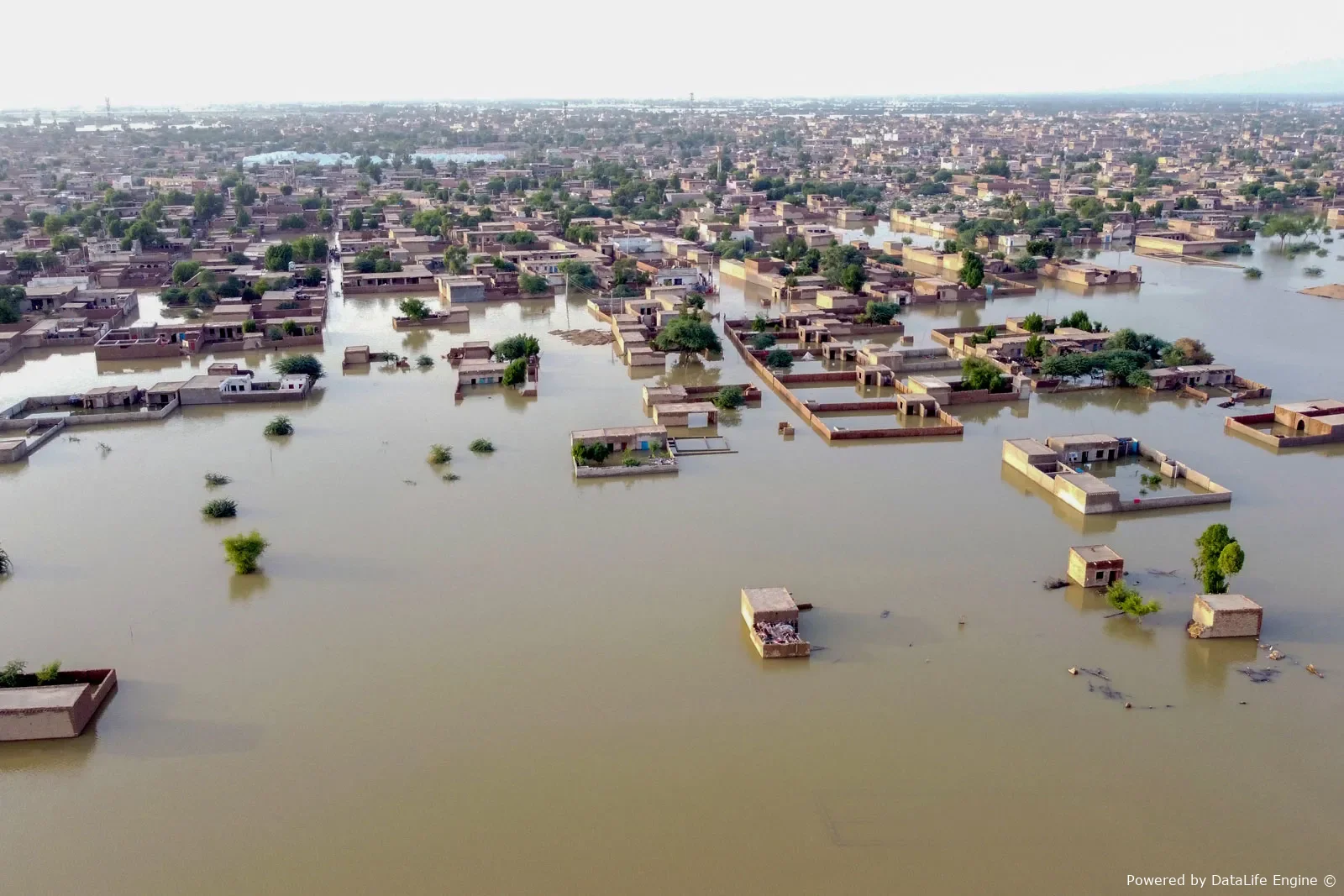



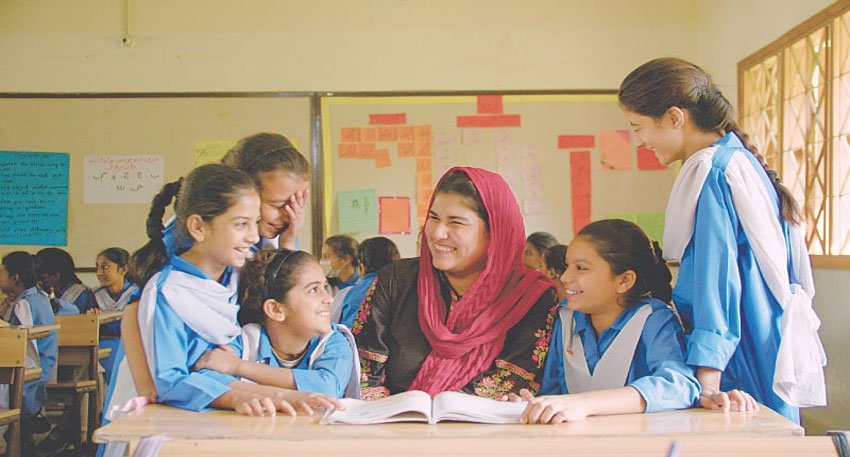



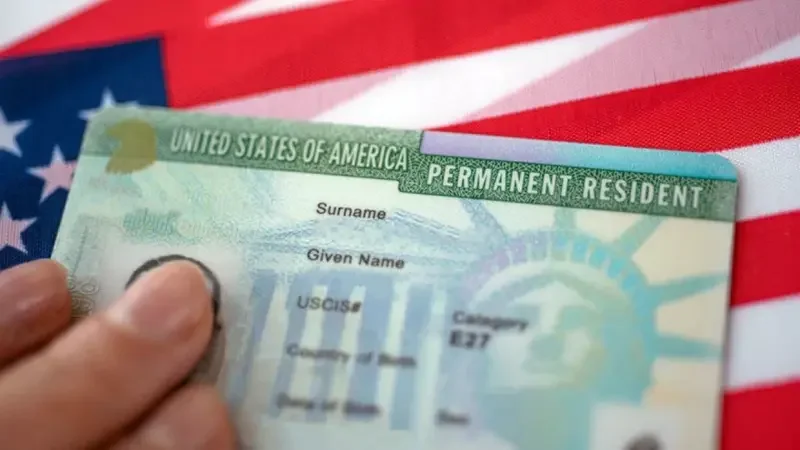
Comments (2)